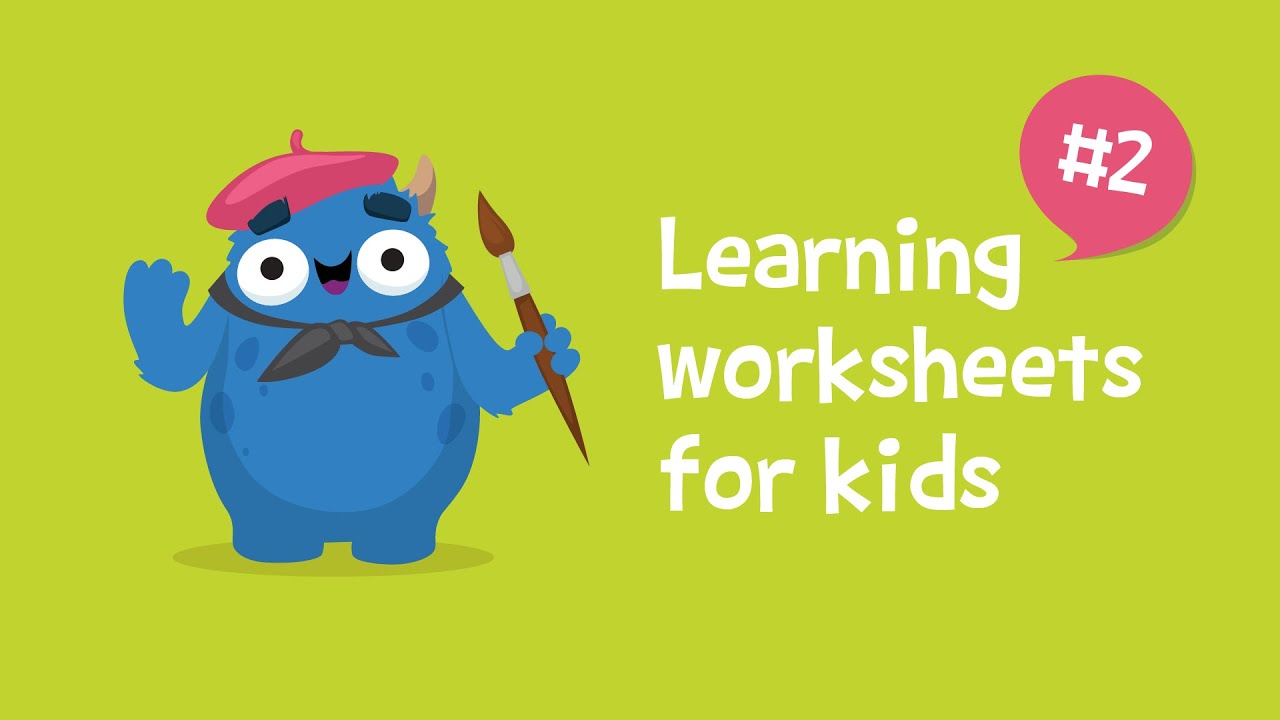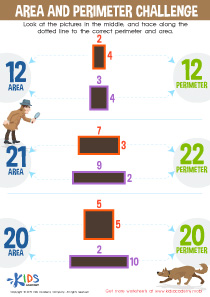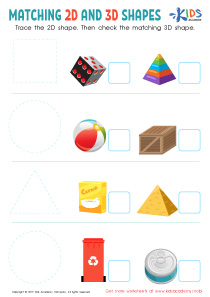Comparing Fractions Fractions of Shapes Worksheets for Ages 3-7
3 filtered results
-
From - To
Discover our "Comparing Fractions of Shapes Worksheets" specially designed for children ages 3-7! These engaging worksheets introduce young learners to the basics of fractions through colorful, easy-to-understand shapes. With exercises focusing on comparing different fractions, your child will develop a strong foundational understanding of mathematical concepts early on. Our printable resources make learning both enjoyable and educational, helping kids improve their visual and analytical skills. Perfect for home or classroom use, these worksheets will spark a love for math in your little ones and set them on a path to academic success!
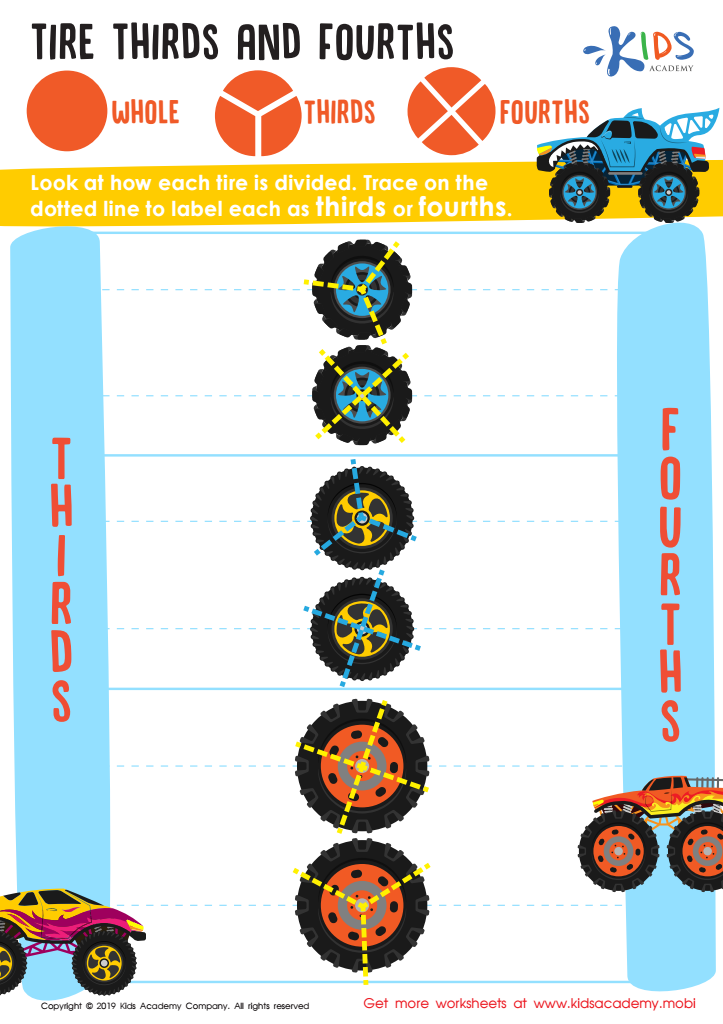

Tire Thirds and Fourths Worksheet


Fractions: Shapes Worksheet
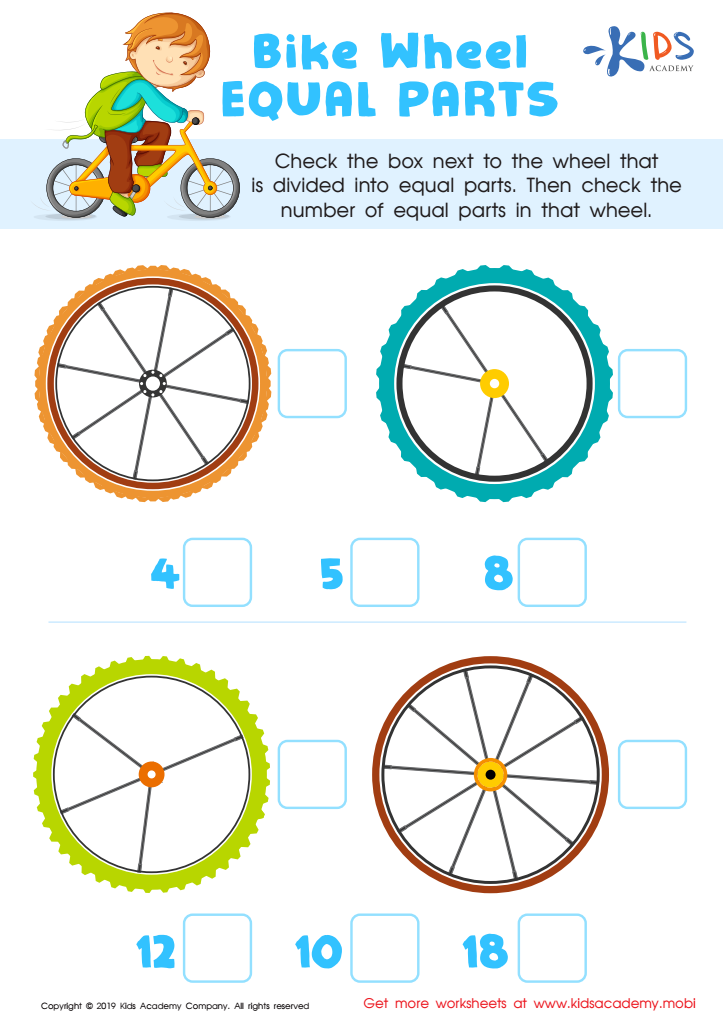

Bike Wheel Equal Parts Worksheet
Understanding fractions is fundamental in early math education, and introducing Comparing Fractions and Fractions of Shapes for children ages 3-7 can be incredibly beneficial. At this developmental stage, children are rapidly expanding their cognitive skills, and foundational math concepts act as building blocks for more complex mathematical reasoning.
Concepts such as halves, thirds, and fourths can be made tangible through visual and hands-on activities, which is crucial for young learners. Using shapes to illustrate fractions helps children concretely see how parts make up a whole, aiding in visual learning and comprehension. For instance, comparing halves of a circle and a square helps them understand that while the shapes differ, the fraction remains fundamentally the same.
Teaching these concepts early builds a stronger mathematical foundation, preparing children for future academic success. It also develops their problem-solving and critical-thinking skills. By understanding and comparing fractions through shapes, children learn to identify relationships between parts and wholes —an essential skill in everyday decision-making and higher-order math.
Moreover, introducing fractions through fun, interactive activities fosters a positive attitude towards learning, encouraging curiosity and engagement. Parents and teachers who support this learning journey not only boost academic performance but also nurture a lifelong appreciation and confidence in math.
 Assign to My Students
Assign to My Students







